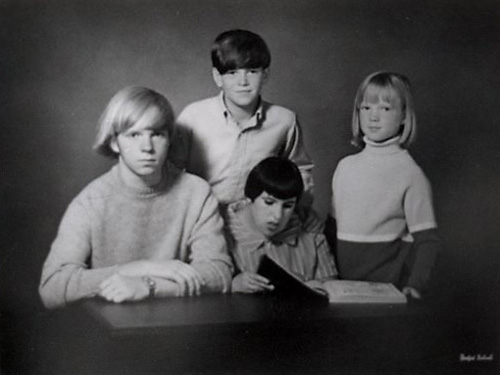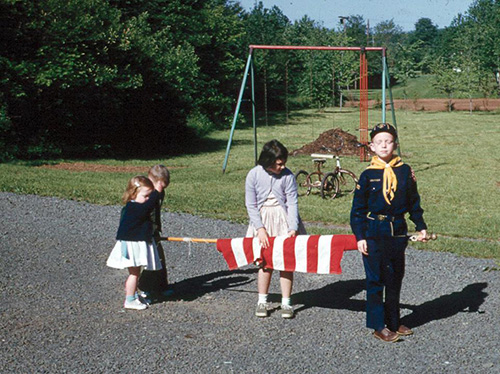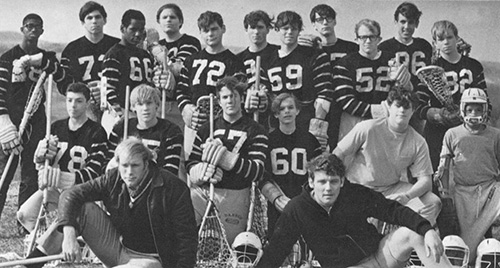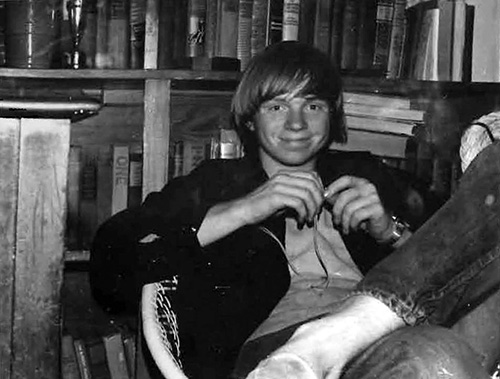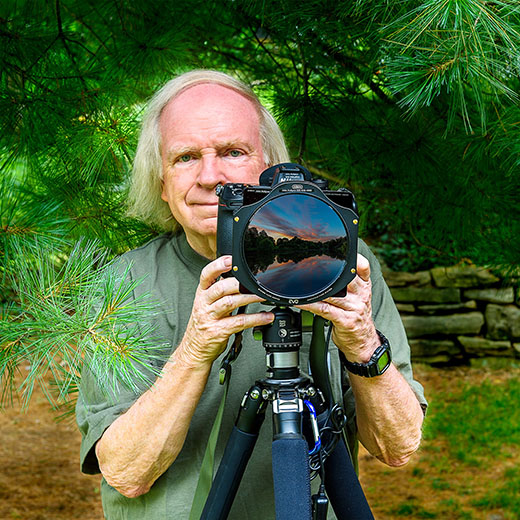
The 1960s were a very unstable and confusing time for a child and young teenager. As a child of nine, in 1962, we endured the Cuban Missile Crisis and the very real threat of nuclear war.
The Cuban Missile Crisis was a 13-day confrontation between the United States and the Soviet Union concerning American ballistic missile deployment in Italy and Turkey, with consequent Soviet ballistic missile deployment in Cuba. The confrontation is often considered the closest the Cold War came to escalating into a full-scale nuclear war. We frequently had to complete Civil Defense drills in school and at home. My father had plans for a shelter underneath the back yard (which was never built). As a Cub Scout, I frequently had to play one of the "victims" in these drills. And at the school bus stop the older children would frequently warn the younger children (including future actor Kelsey Grammer, who lived a few doors down from the bus stop and was a year behind me in school) of impending doom.
Then, the following year, President John F. Kennedy was assassinated, and more assassinations and attempts would follow on other politicians and civil rights leaders. And the Vietnam War had been raging since 1955.
All of this contributed to a very unstable and frightening time for a child.
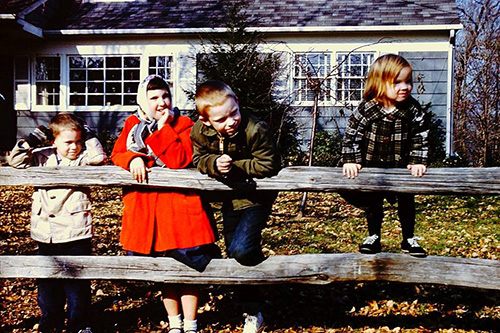
Being a year younger than all my classmates was also challenging during the Kennedy administration when the President's Council on Physical Fitness was established. This program was developed to promote a curriculum to improve fitness and the council engaged in a sweeping drive to achieve widespread participation in the program for the 1961–1962 school year. During this time we had a lot of competitions in school with other members of my class, but competing against older children was a struggle for me (the program was grade-based instead of age-based). I also had very poor vision which wasn't diagnosed until high school, and while I could see a soccer ball I just couldn't see a baseball (or a classroom blackboard unless I was sitting in the front row).
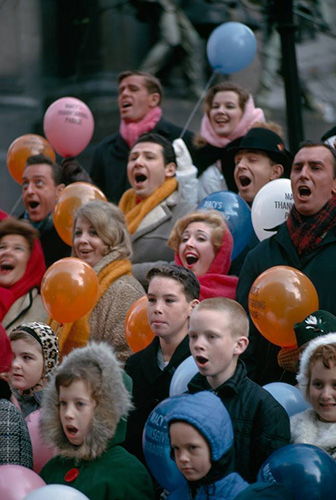
During the 60s, The Howdy Doody Show was cancelled (but was the longest running television show at the time, along with being the first show regularly broadcast in color). Dad moved on to direct The Shari Lewis Show and The Ruff and Ready Show, followed by the original Jeopardy! and G.E. College Bowl.
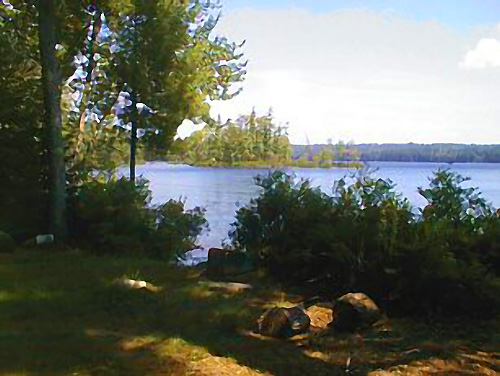
In 1966 I began attending an all-boys college preparatory boarding school, Darrow School, in New Lebanon, NY. Darrow is situated in the Berkshire Mountains at the site of the former Shaker headquarters — a beautiful location rich in history since we lived and went to school in the old Shaker buildings. Not only did we have to study hard — we had to work hard, following the old Shaker tradition of "Hands to Work and Hearts to God" to keep the school maintained. I learned to tend sheep and make maple syrup. I helped build a rope-tow for our ski slope (and learned to ski on the snow). Sports were required daily, and I was on the soccer team, ski team, and lacrosse team. We had chapel every night, which was designed to give students public speaking experience. Chapel was followed by study hall. It wasn't easy but it was an invaluable experience and I learned a lot about many things. One of my teachers had climbed Mount Kilimanjaro. Another had sailed around the world. And another was the father of future American county music band the Dixie Chicks' Martie and Emily Erwin (now married and named Martie Maguire and Emily Robison).
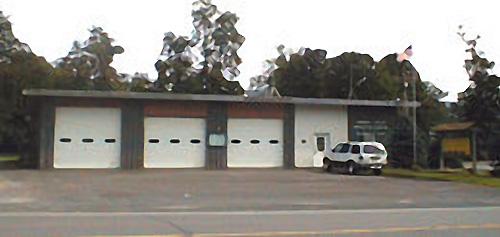

Darrow taught me many things, but perhaps my most memorable experience was when I met the famous artist Norman Rockwell (in the bathroom at Darrow, and where I asked him for an autograph so I could give it to my grandmother Eloise for Christmas). Mr. Rockwell would tell our class stories about the famous people he had painted portraits of as part of our history lessons. Before Mr. Rockwell began a portrait, he would spend a few days with that person to get to know them, and the stories he told were fascinating (and filled with history). Years later I realized that his advice was true for any piece of art — you can't take a photograph of a waterfall until you have spent the time to get to know it.
Darrow had a photographic dark room and it wasn't long before I was learning to roll my own film and then develop my film and make black-and-white prints all by myself. I really enjoyed taking photos and heading off to the darkroom to process and print them. While at Darrow my father gave me my first good camera: a 35 mm Pentax Single Lens Reflex camera.
I also started learning how to play guitar while at Darrow, and on many late afternoons or evenings, if I wasn't in the darkroom, you would find me in some acoutically-sound hallway, room (or sitting in my dorm room window) playing my guitar.
